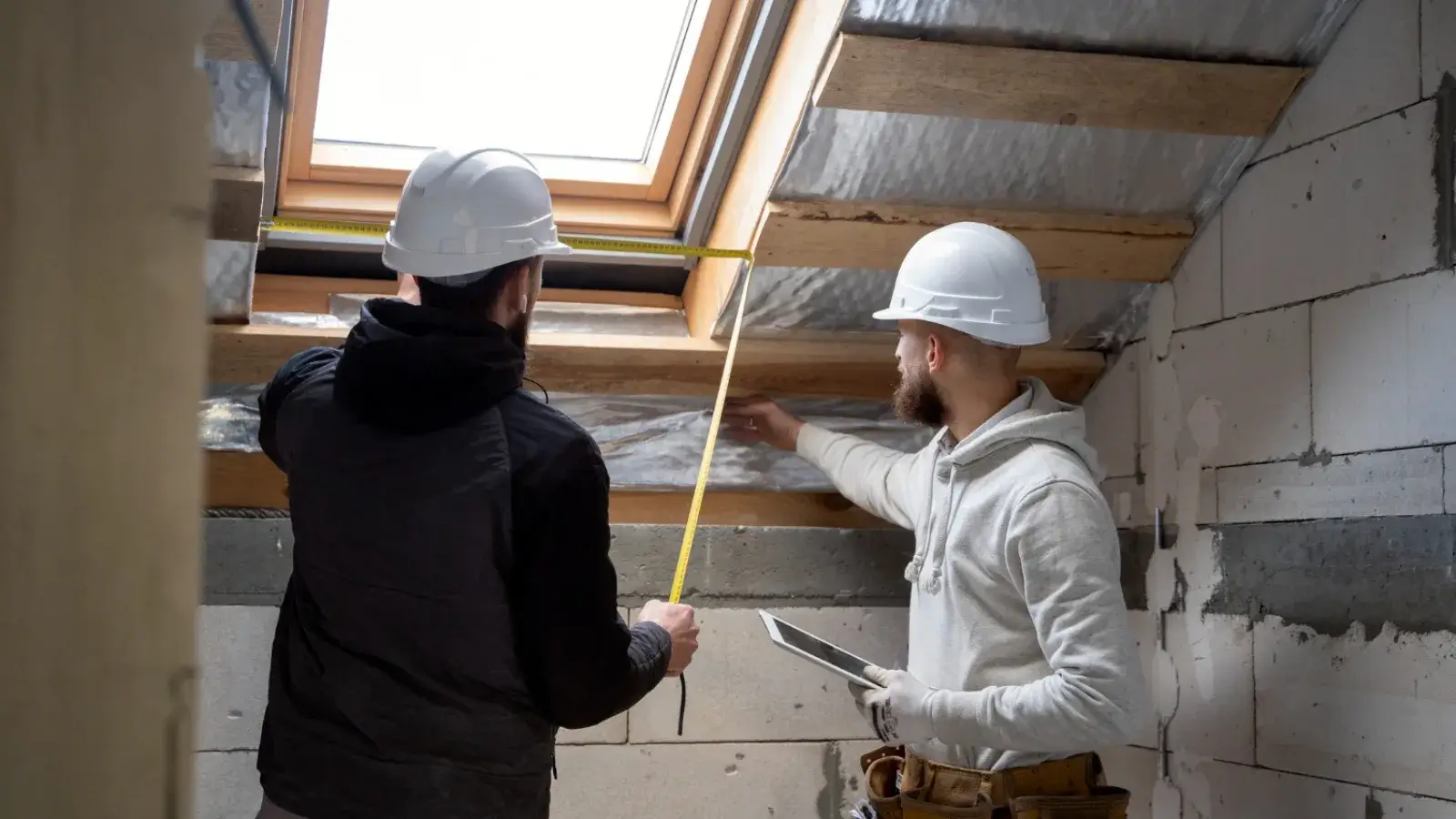


A roof inspection is an essential process before committing to a replacement. It helps homeowners understand the condition of their roof, identify damage, and plan for necessary repairs or a full replacement. Inspectors examine structural integrity, roofing materials, drainage systems, and potential issues like leaks or pest damage. A thorough evaluation ensures the new roof will be durable and reliable. We will explore the key aspects of a roof inspection, highlighting what homeowners can expect before replacing their roofs. Understanding this process allows for better planning and decision-making, ensuring the investment leads to long-term protection. A thorough roof inspection helps identify potential issues before they escalate, and professionals like The Las Vegas Roofing Company emphasize the importance of assessing both visible damage and underlying structural concerns.
A roof inspection covers several critical areas to determine if a replacement is necessary. Each aspect is carefully examined to identify weaknesses that could affect the longevity of a new roof.
Roofing Material Condition: Inspectors check shingles, tiles, or metal panels for wear and tear. Signs of aging include cracks, curling, missing sections, or granule loss. Metal roofs are assessed for rust and corrosion, which indicate potential weaknesses. If damage is extensive, a full replacement may be required.
Structural Integrity: The underlying framework of the roof is inspected for sagging, soft spots, or rot. Weak decking can compromise the strength of a new roof. Ensuring that the foundation is solid prevents future costly repairs.
Leaks and Moisture Damage: Water intrusion is a major concern during inspections. Inspectors check for water stains, mold growth, and damp insulation. Infrared scans or moisture meters help detect hidden leaks. Unaddressed moisture issues can weaken the roof’s structure over time.
Flashing and Sealants: Flashing around chimneys, skylights, and vents is examined for cracks, loose seals, or rust. Damaged flashing can lead to leaks, compromising the home’s interior. Properly sealed areas prevent water from entering vulnerable sections of the roof.
Gutter and Drainage Systems: Clogged or damaged gutters can cause water buildup, leading to leaks and structural damage. Inspectors assess gutters for blockages, rust, and misalignment. Downspouts should be clear and direct water away from the foundation.
Attic Ventilation and Insulation: Poor ventilation can lead to heat and moisture buildup, accelerating roof aging. Inspectors check for adequate airflow and proper insulation to prevent energy loss and moisture-related damage. A well-ventilated attic supports roof longevity.
Pest and Wildlife Damage: Inspectors at PRQ Exteriors look for signs of pest activity, such as nests, chewed materials, or entry points. Small animals and insects can weaken roofing components. To get pest control expert advice, click here.
Previous Repair Work and Overall Condition: Any past roof repairs are evaluated for quality and effectiveness. Poorly executed repairs can lead to recurring issues. Understanding previous maintenance helps determine if reinforcements are needed before replacement.
Roof Age and Lifespan Expectancy: Inspectors consider the age of the existing roof compared to its expected lifespan. Asphalt shingles typically last 20-30 years, while metal and tile roofs last longer. If a roof is nearing the end of its lifespan, replacement may be the most cost-effective option.
Chimney and Skylight Condition: Chimneys and skylights are checked for cracks, leaks, or structural damage. These components must be properly sealed and integrated into the roofing system. Issues with these areas can lead to water intrusion and weaken the overall roof.
Storm and Weather Damage: Inspectors assess wind, hail, and storm damage, including missing shingles, dents, or punctures. Even minor storm-related wear can reduce roof performance. Identifying weather-related damage helps homeowners decide on replacement timing.
Energy Efficiency Considerations: A roof’s condition affects a home's energy efficiency. Inspectors check for heat loss, insulation issues, and reflective coatings. Upgrading to energy-efficient roofing materials can reduce heating and cooling costs.
A roof inspection also gives homeowners an estimate of the costs involved in a replacement. Inspectors assess the extent of damage and the necessary materials, helping homeowners prepare financially. Factors such as the type of roofing material, labor costs, permits, and disposal fees impact the overall budget. Inspectors may recommend cost-saving options to extend the roof’s lifespan if repairs are feasible. Additionally, homeowners may explore financing options, insurance claims, or energy-efficient upgrades that offer long-term savings. Proper financial planning ensures a smooth replacement process, preventing unexpected expenses and ensuring the investment adds value to the home.
After the inspection, a detailed report outlining the roof’s condition is provided. Homeowners receive recommendations on whether repairs or a full replacement are necessary. If replacement is advised, the report helps select materials and plan the project. Understanding the roof inspection process allows homeowners to make informed decisions. Evaluating key areas such as materials, structure, leaks, drainage, ventilation, and pest damage ensures a smooth replacement process. Addressing potential problems before installation leads to a durable and long-lasting roof. Taking a proactive approach helps minimize long-term maintenance costs, ensuring the home remains well-protected against the elements.